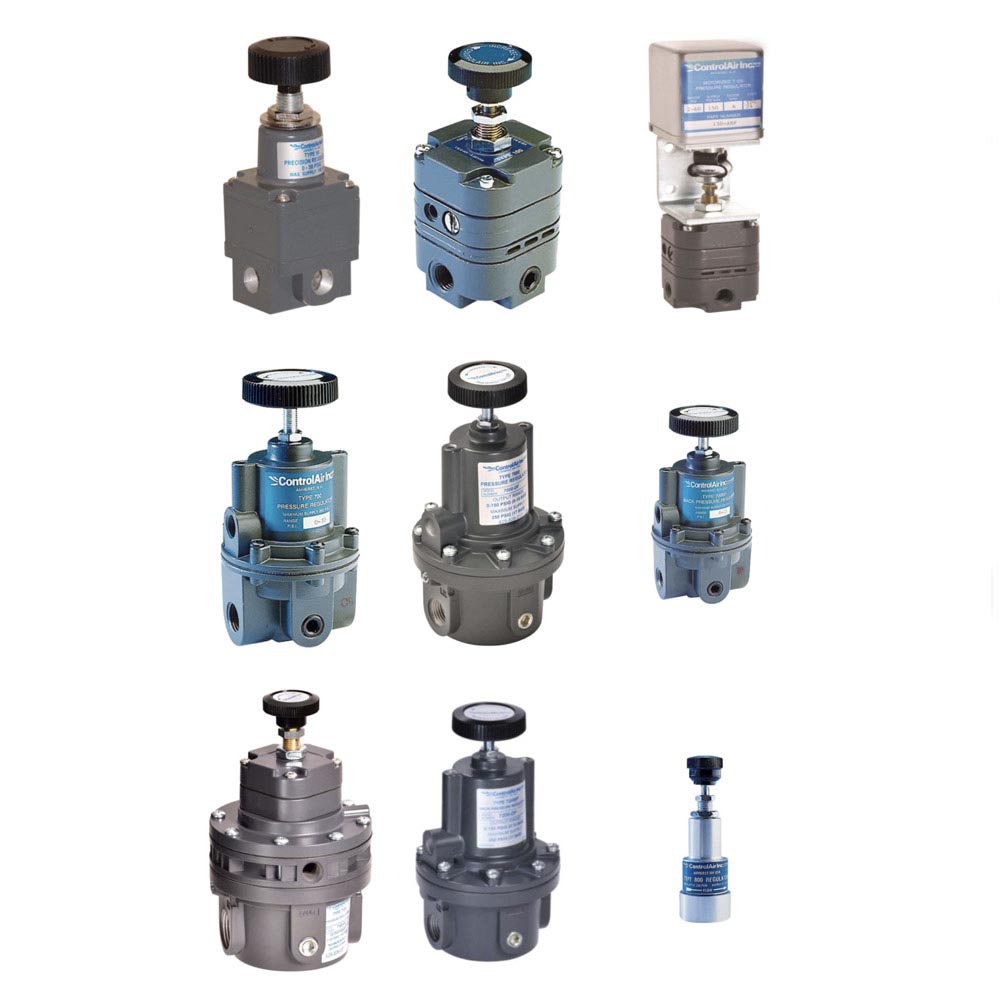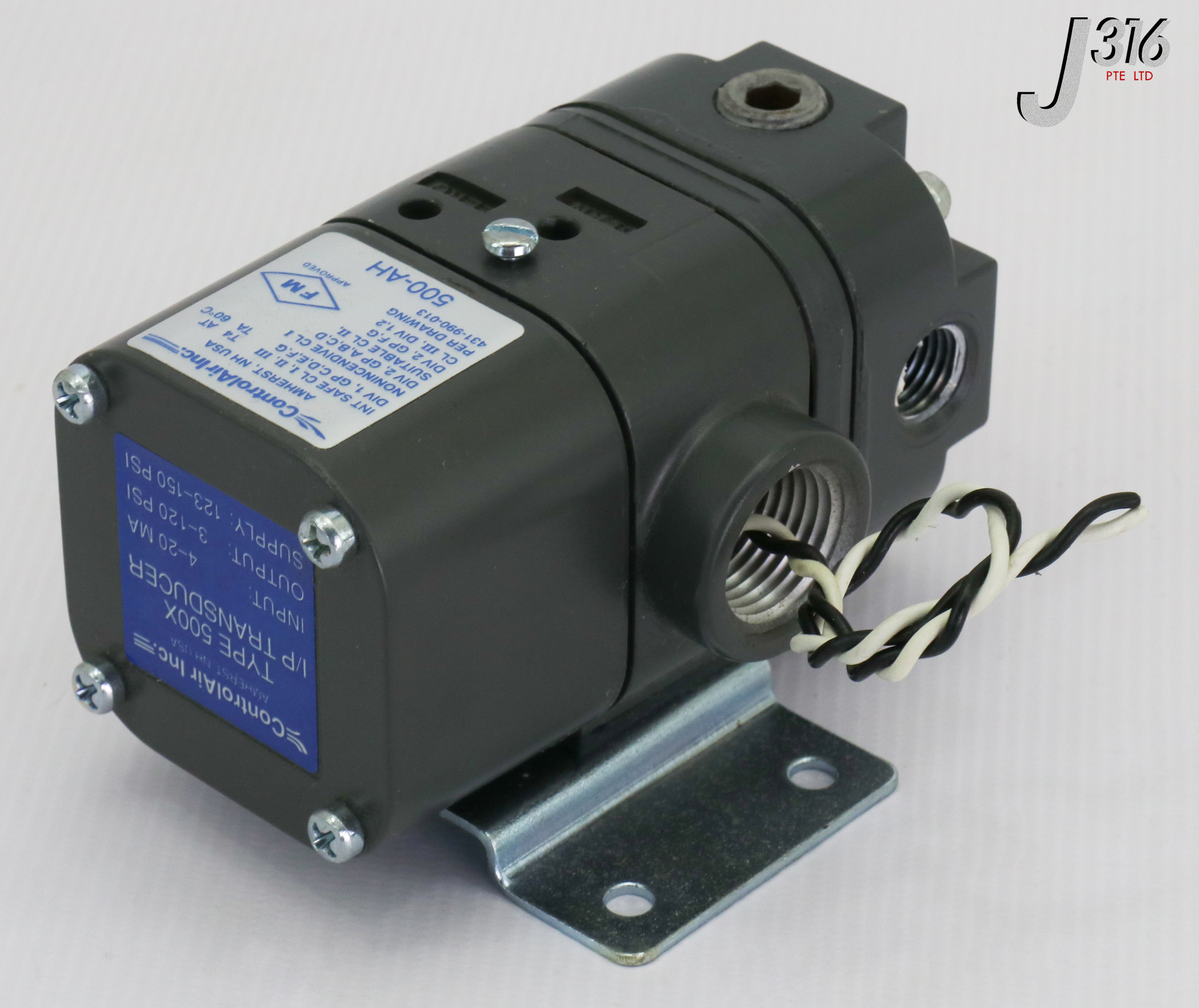

These guidelines highlighted good practices to manage certain types of particulate matter such as elemental carbon, particles originating from sand, ultrafine particles, and dust storms to set air quality guideline levels. The governments are more concerned about the adverse effects of air pollution on public health and the environment, so they have implemented regulations to control air pollution and this increased the demand for use of emission control catalysts in exhaust systems of industrial machinery and vehicles.For instance, in September 2021, World Health Organization established Global Air Quality Guidelines with the goal of saving lives and improving air quality due to air pollution. Stringent regulations for controlling air pollution are significantly contributing to the growth of the emission control catalysts market.Air pollution is mainly caused due to rapid industrialization and urbanization which are responsible for higher emissions in the environment. The regions covered in the emission control catalysts market report are Asia-Pacific, Western Europe, Eastern Europe, North America, South America, Middle East and Africa. The various applications include mobile emission control catalysts and stationary emission control catalysts and are used in several areas such as automotive and transportation, chemical industry, oil and gas industry, mining industry, power industry, and other end users.Īsia pacific was the largest region in the emission control catalysts market in 2021. The different fuel types include diesel vehicles and gasoline vehicles. The main types of products in emission control catalysts are palladium-based ECC, platinum-based ECC, rhodium-based ECC, and others.Palladium-based ECC undergoes catalyst reactions and produces carbon-carbon bonds and these are used in electronic connectors.

The emission control catalysts market consists of sales of emission control catalysts by entities (organizations, sole traders, and partnerships) that are used to control the harmful pollutants generated from combustion engines.Emission control catalysts break down the solid particulates from exhaust systems of industrial machinery and vehicles to reduce the content of pollutants generated into the environment.Įmission control catalysts are simple and offer low maintenance operation, durability, relatively low cost, and negligible adverse effect on the engines. The emission control catalyst market is expected to reach $30.88 billion in 2026 at a CAGR of 9%.


The global emission control catalysts market is expected to grow from $19.49 billion in 2021 to $21.86 billion in 2022 at a compound annual growth rate (CAGR) of 12.2%. Ltd., Zeolyst International Inc., and Umicore. , Albemarle Corporation, Interkat Catalyst GmbH, Shell Global, Sinocat Environmental Technology Co. New York, J(GLOBE NEWSWIRE) - announces the release of the report "Emission Control Catalysts Global Market Report 2022". , Cataler Corporation, Heraeus Holding, Bosal, Cormetech, DCL International Inc. Major players in the emission control catalysts market are BASF SE, Johnson Matthey, Clariant, Honeywell International Inc.


 0 kommentar(er)
0 kommentar(er)
